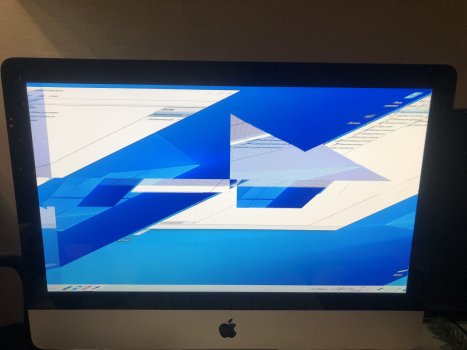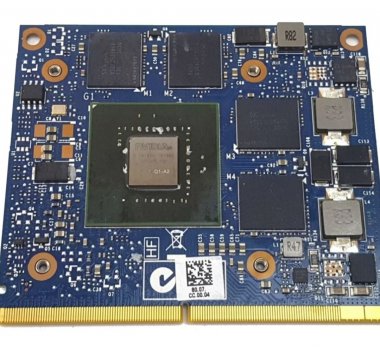About the AMD Polaris/Ellesmere vBIOS version booting High Sierra
Booting into High Sierra disables the internal LCD when macOS drivers take over (late boot phase). This is really confusing since the OC boot picker works on power on and during 90% of the boot phase and suddenly the screen turns off.
There is no software fix for this bug. The only work around is this hard - wire mod. Connecting the green and white marked pins enables the internal screen back, brightness control is fully working. The connection needs to be made during the complete time when High Sierra is booted and used. Sleep disables the display, wake brings it back.
Disconnecting the both pins switches the LCD off, again.
Never thought we would need another such hardware mod for this corner case. But who is using High Sierra with this cards and system today?
I do. Because of plain laziness. (the machine is now used by my kid for her online study.)
And the wire-mode I used was external.
My solution is connecting the 2010 iMac to another active monitor/dummy VGA load.
It's only necessary when doing a restart or power-up.
Waking up the iMac from sleep doesn't need the wire-mode.



